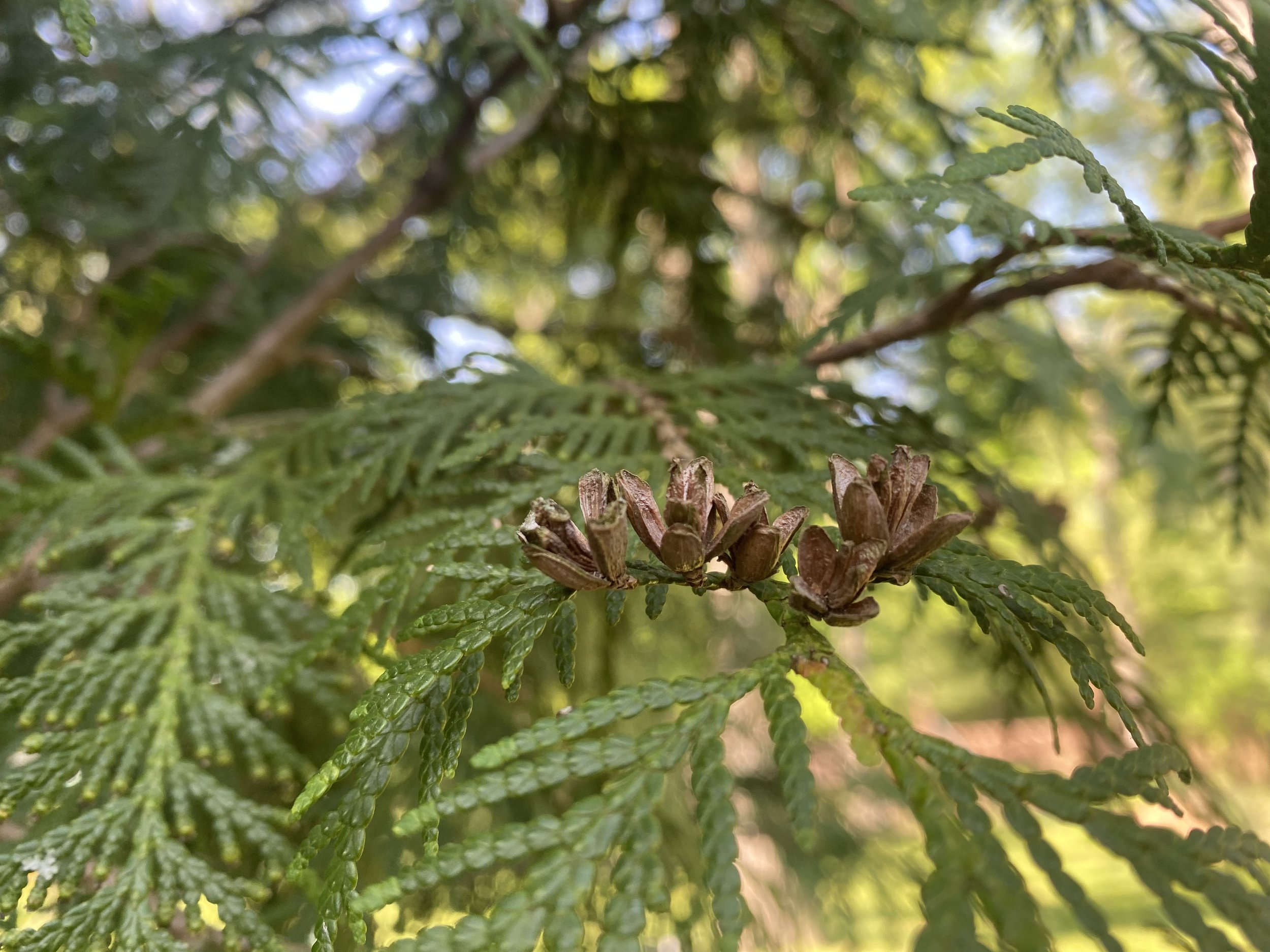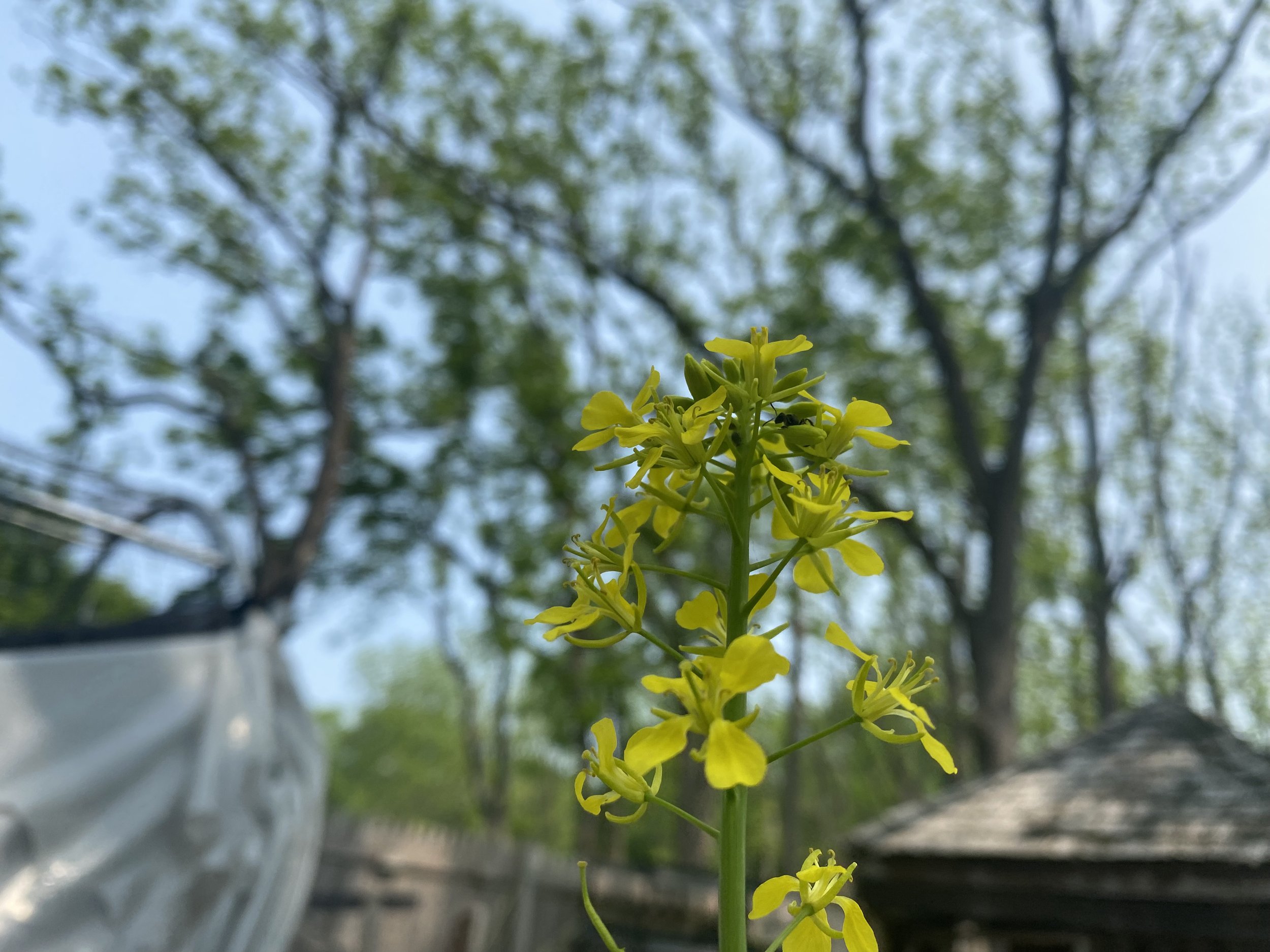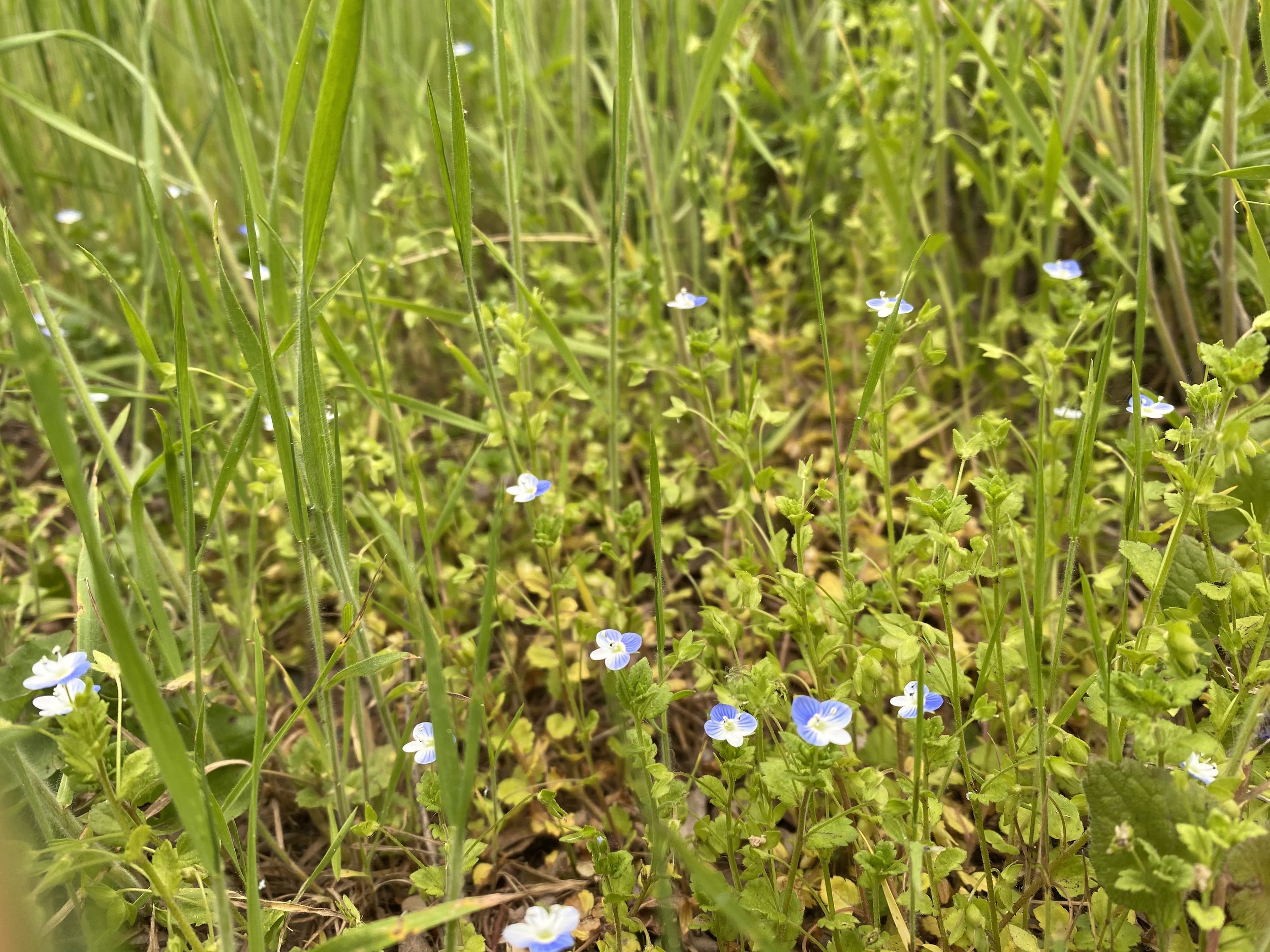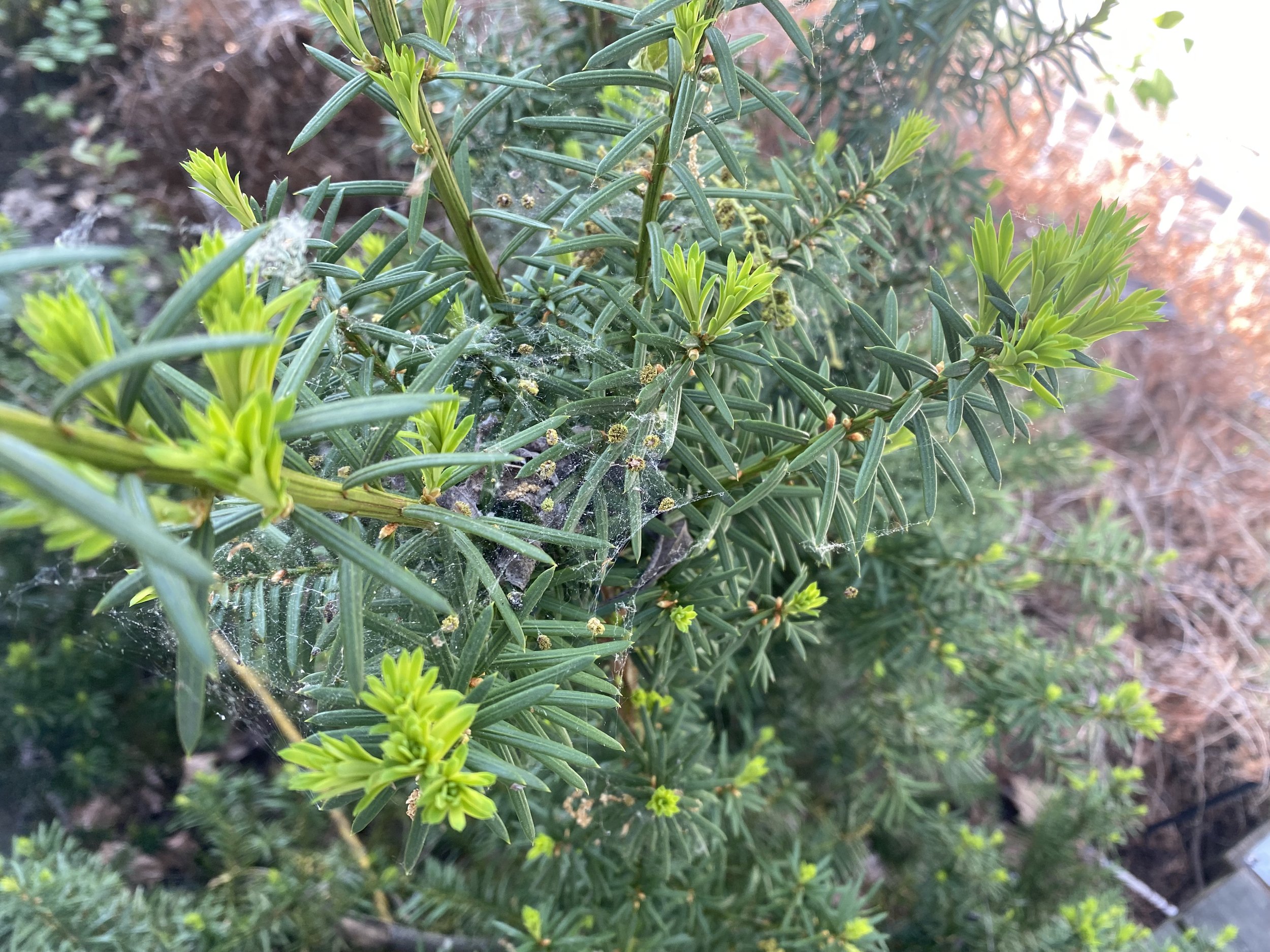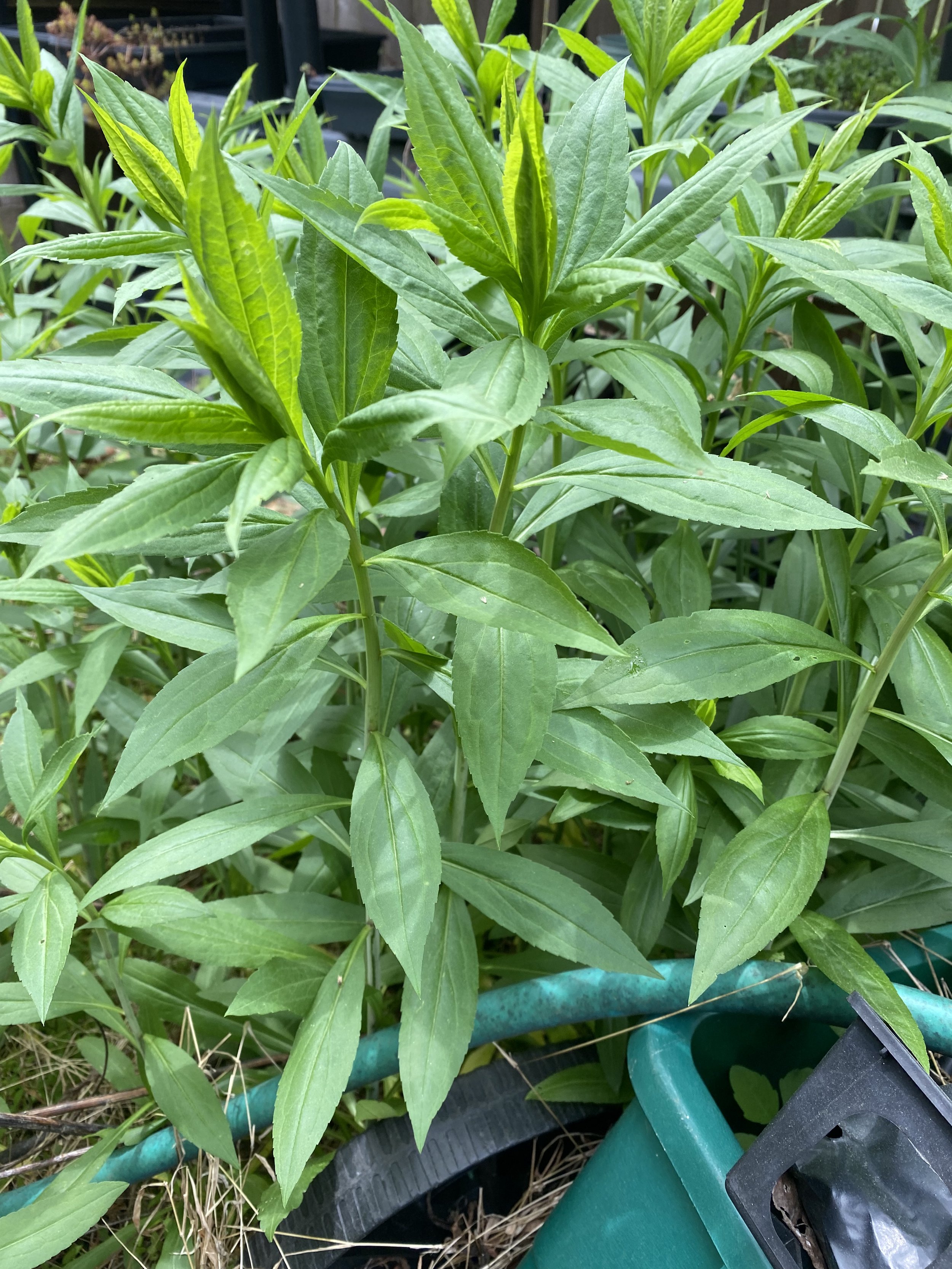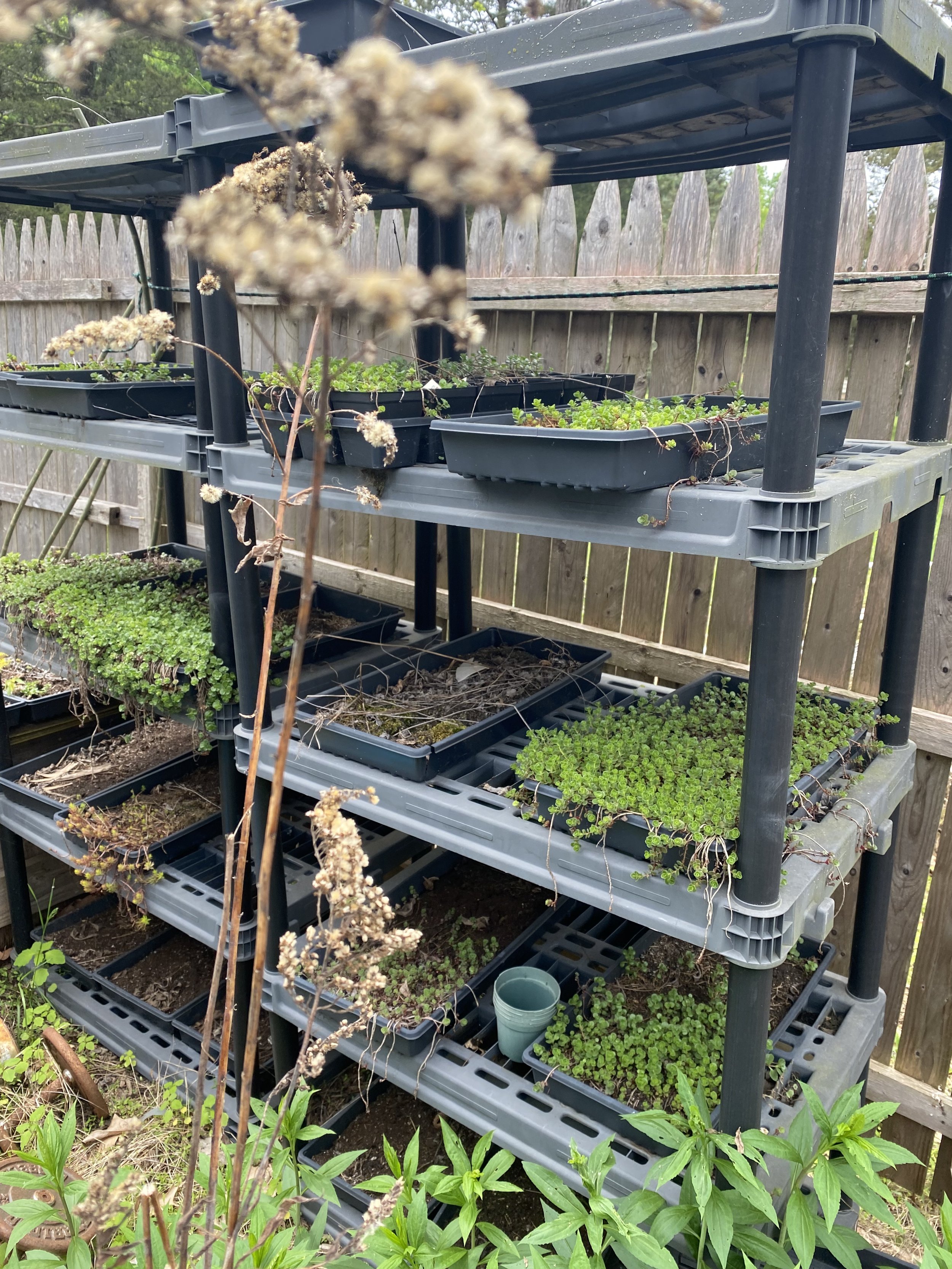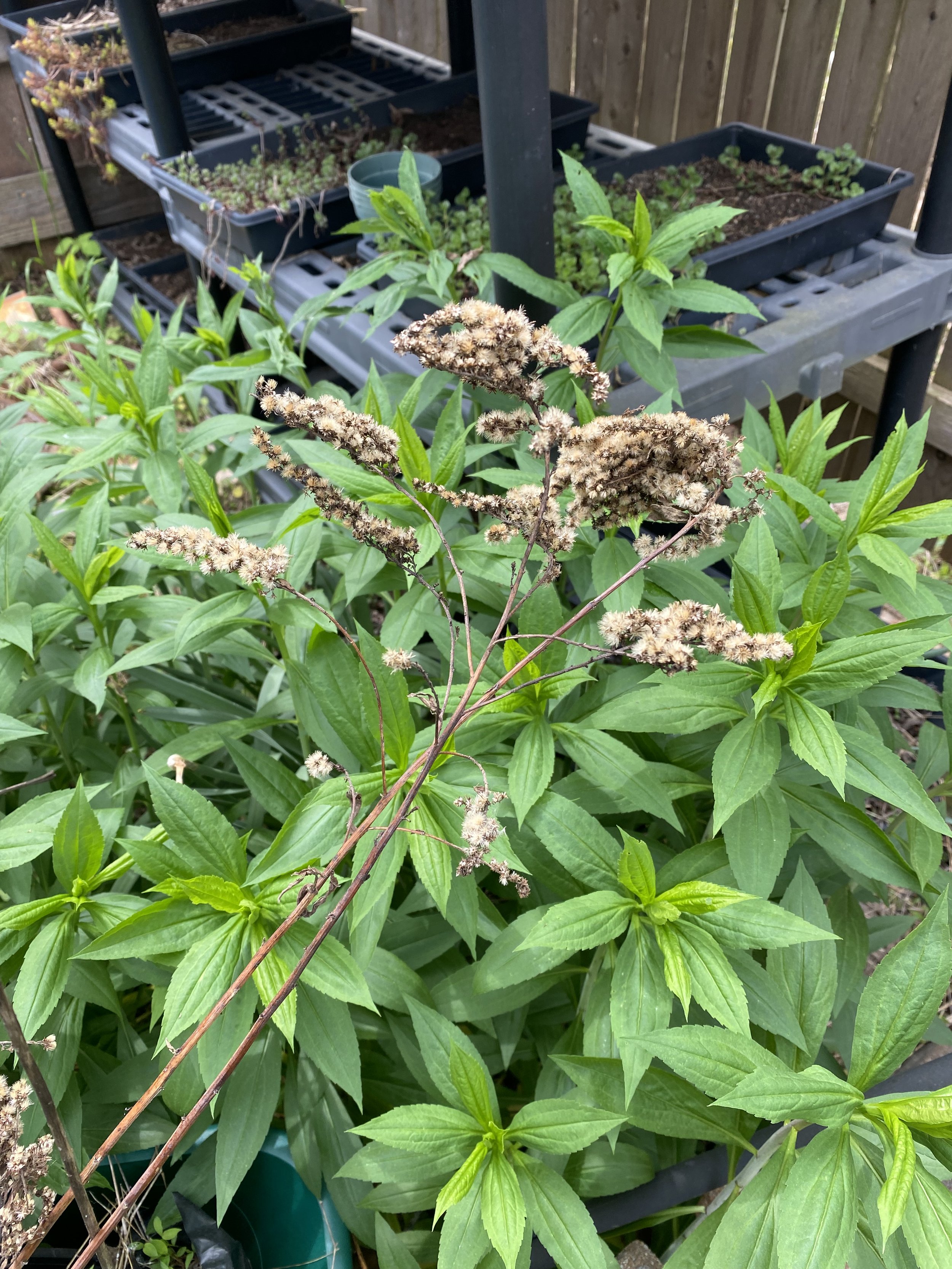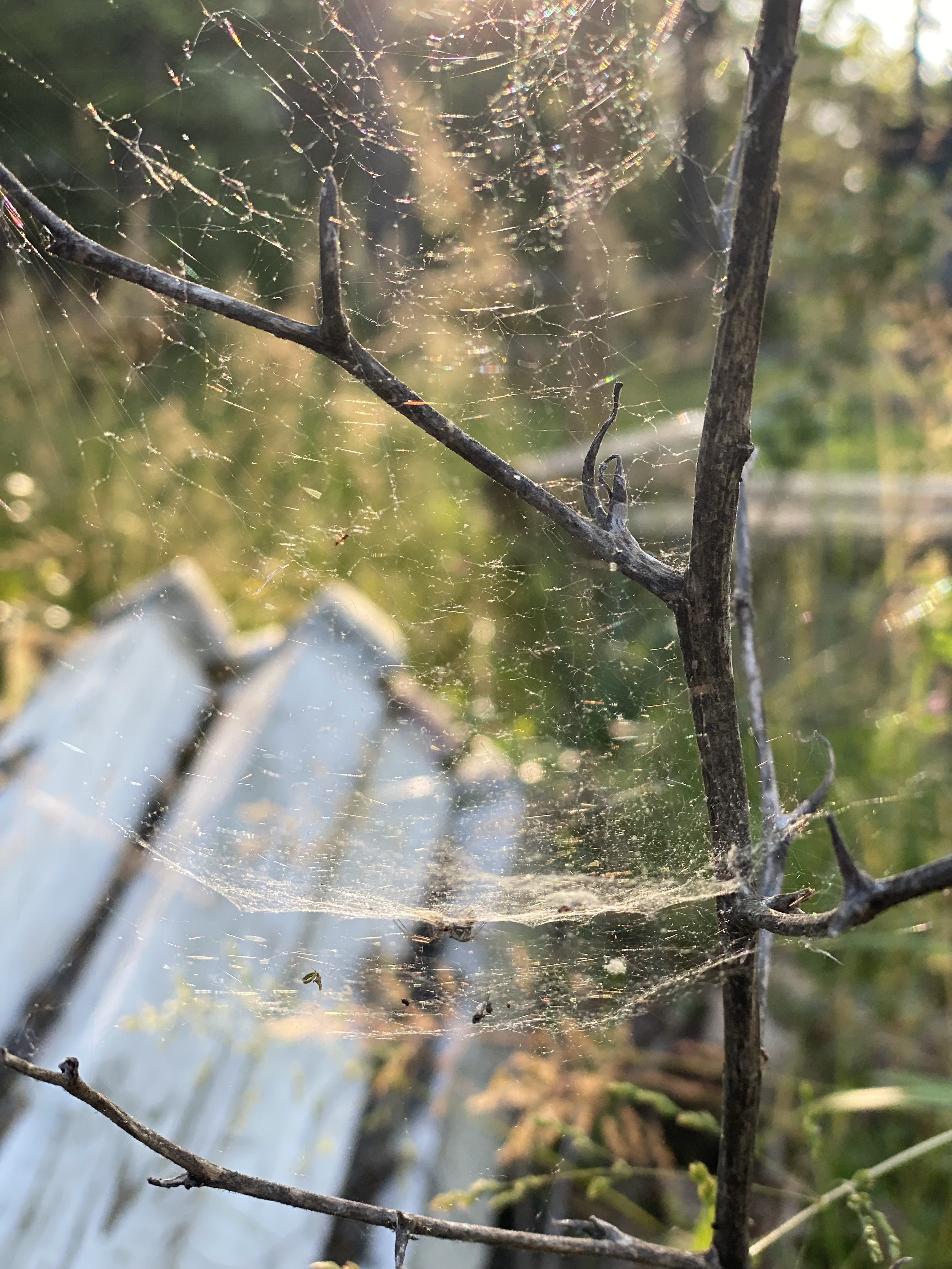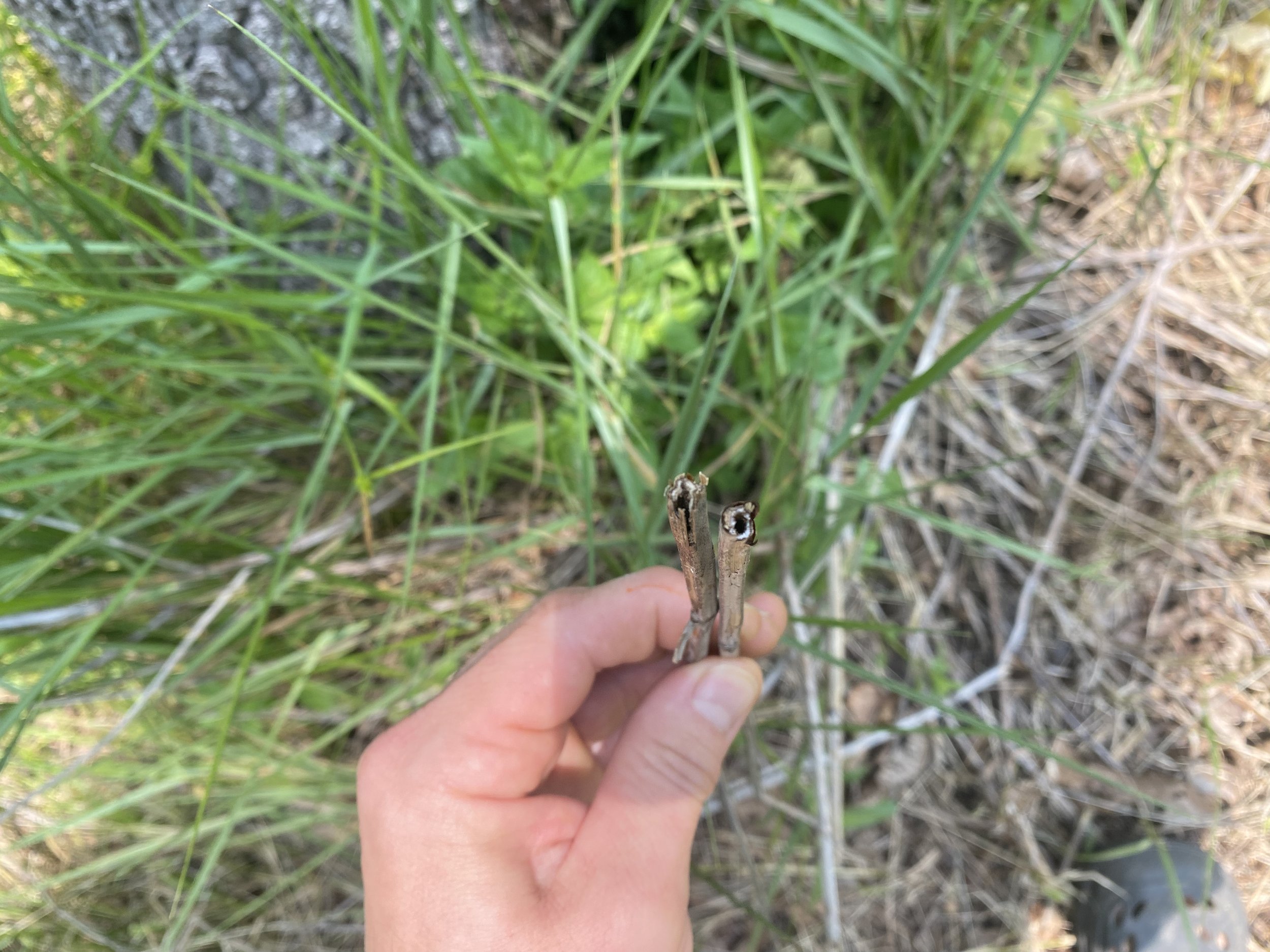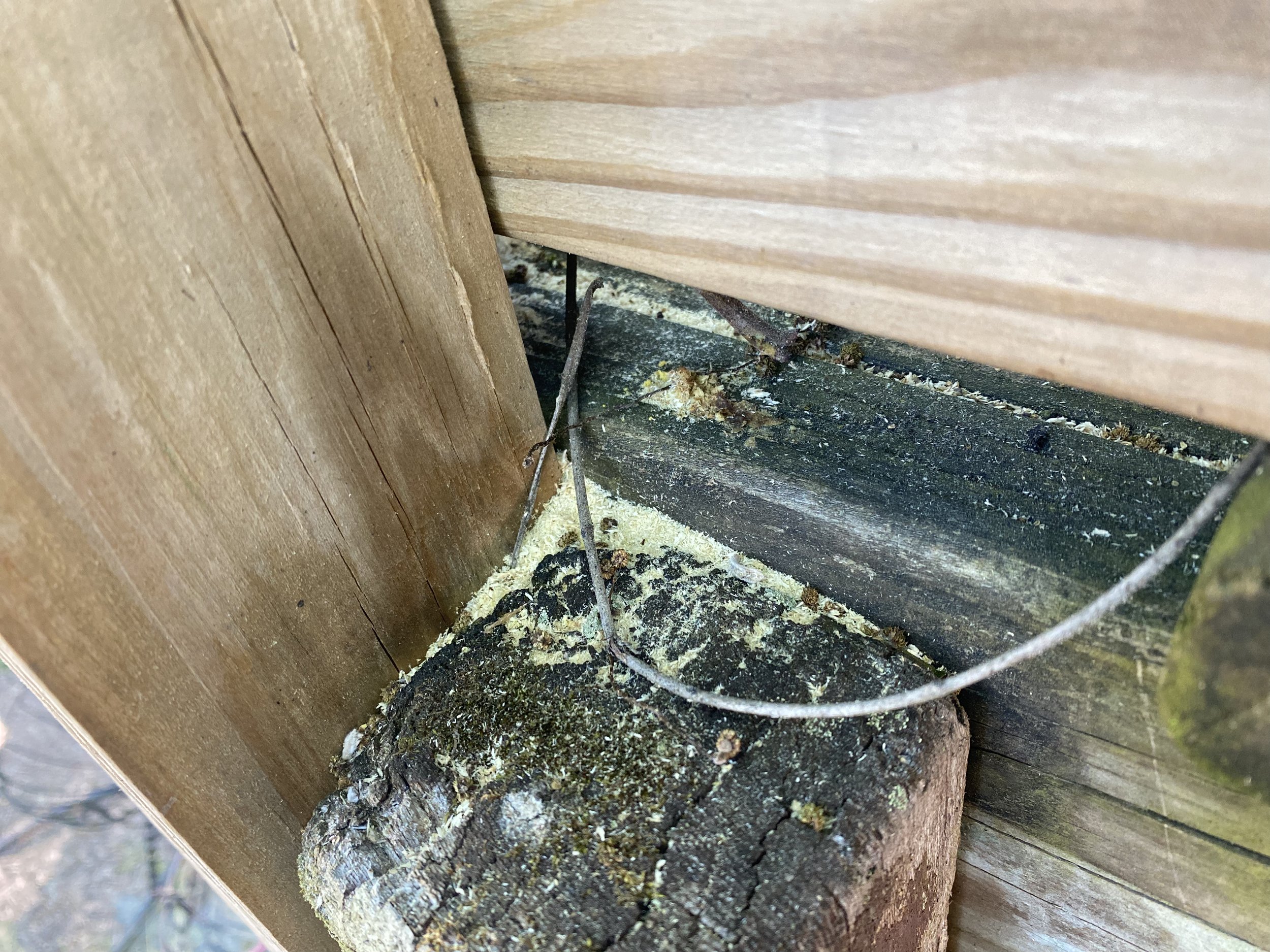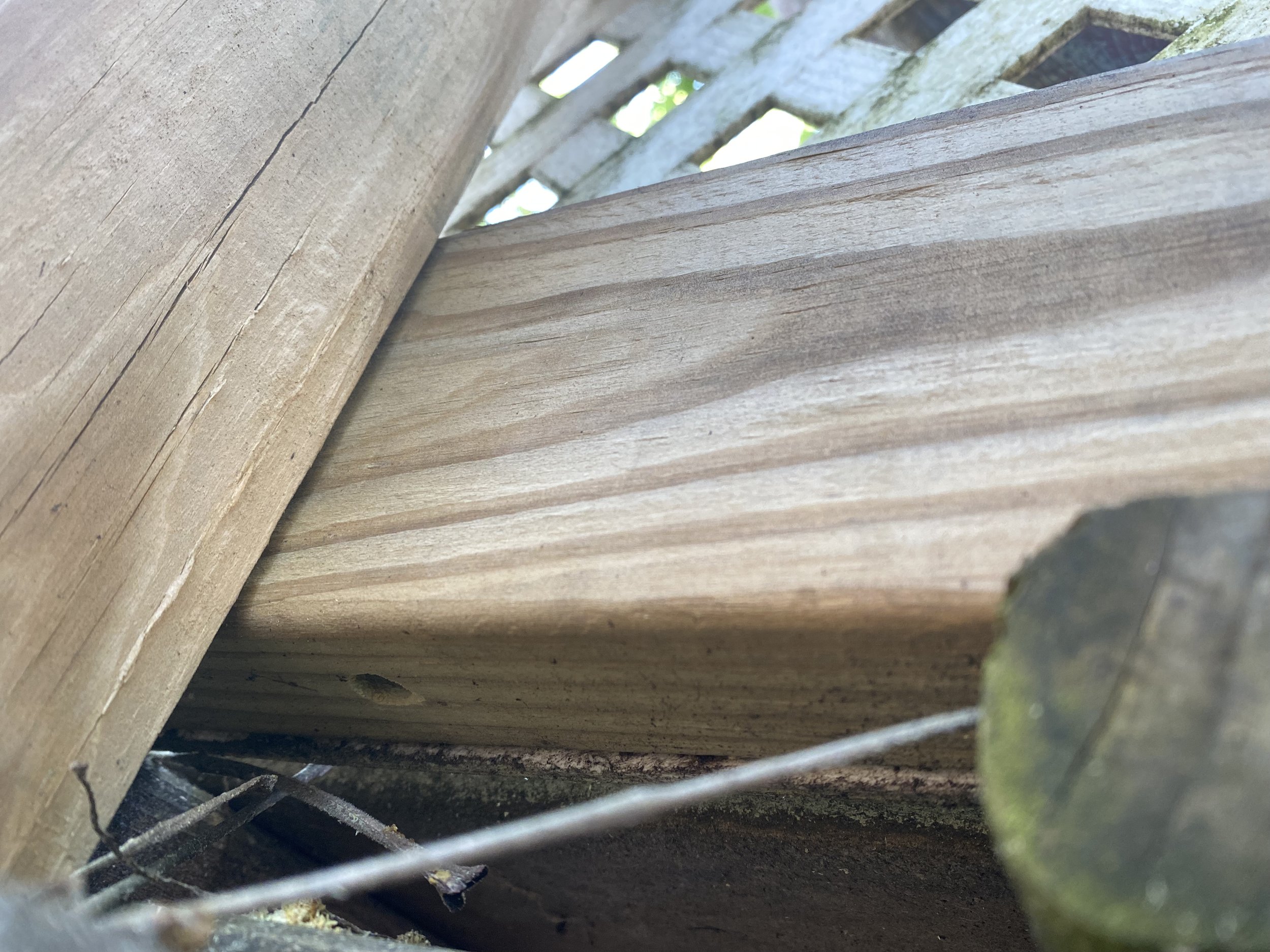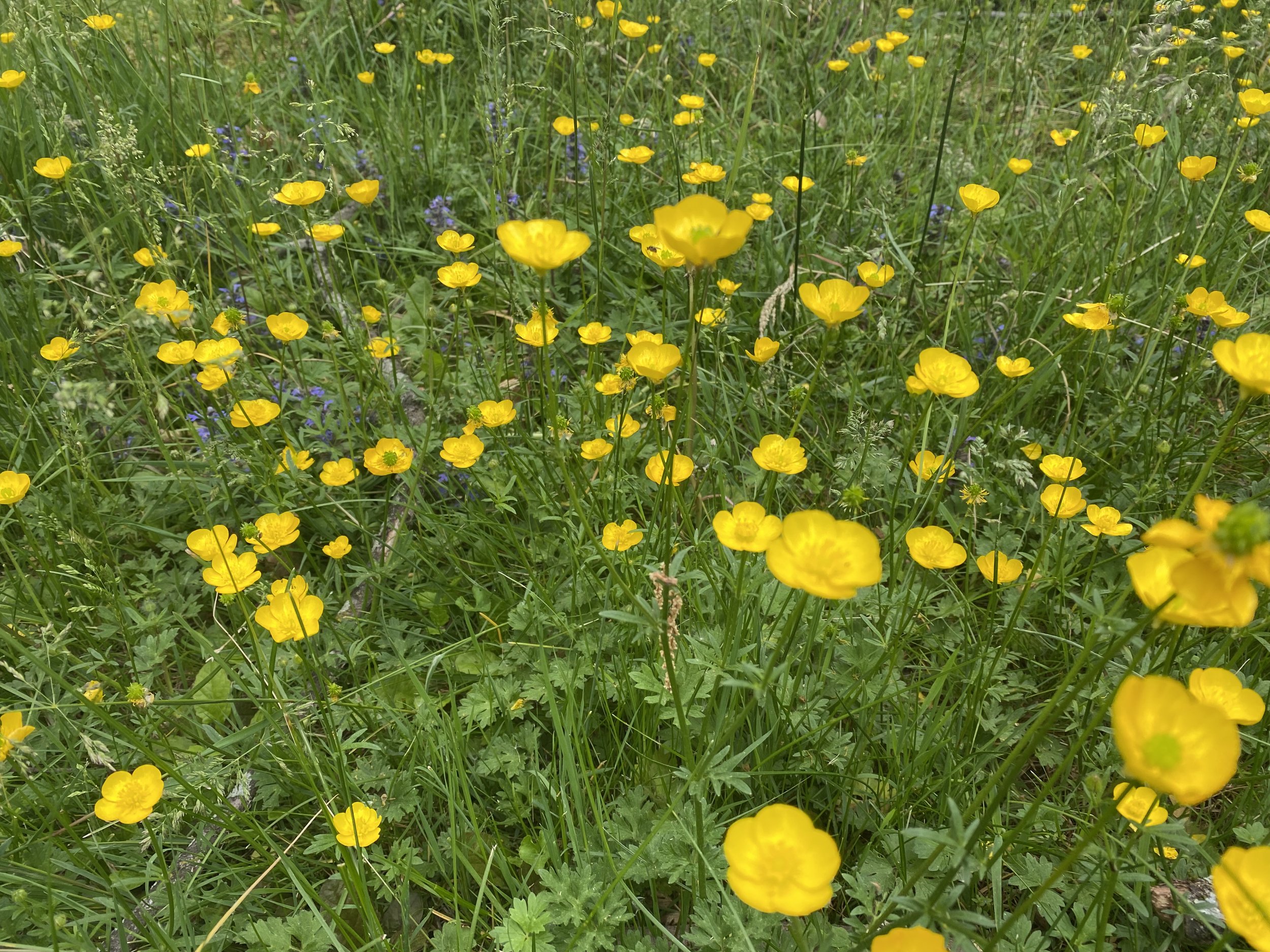
Weeds
Weeds
Weeds
Weeds
Weeds
Weeds
Weeds
Weeds
Weeds
Weeds
Weeds
Weeds
Is this a pollinator or a predator hanging out on these mustard flowers?
Weeds
Weeds
Weeds
Weeds
Weeds
Weeds
Weeds
Weeds
Pollinators
There are hundreds of bee species in New Jersey. Most people hear bees and just think honey bees. There are hundreds of different types each with their own habits and requirements. All are important pollinators. Many have precise preferences for particular species of flowering plants. In addition to the many bee families and species, other insects like beetles and butterflies and moths also seek out the nectar of flowers and end up pollinating in the process. While some invasive flowers can be detrimental to local wildflower species by providing an alternative and therefore a distraction to pollinators who won’t end up pollinating the native species as much they also potentially offer necessary sustenance in an otherwise food desert. Allowing for as many flowers, weedy or wild native alike, in combination with NOT removing leaf litter is crucial for harboring population banks of so so so many overwintering insects. So many people call it a necessary responsibility to manicure a lawn and rake leaves and remove dead plant material. It’s actually an important responsibility to NOT do these things as well. Let the dandelions and weedy wild flowers be. You’re helping support whole ecosystems and helping prevent collapse and potentially providing a corridor for population migration.
Standing Dead Stem
Standing Dead Stem
It’s critical for whole ecosystem support for standing dead stems and standing dead wood to harbor insects overwinter. These standing dead stems and the possible seeds attached as well as the insects harbored in the seed pods or the hollow stems provide food for birds that do not migrate and instead overwinter in place. It would be nice to have a clear path here but there’s this perennial weed that just seems to be very successful in colonizing this spot and has these heavily seeded dead stems that stand up all winter. There’s no need for a manicured green grass food desert. There’s sizable colonies of different plants like this here that have been allowed to reseed and regrow year after year for a whole ecosystem support. Identification coming.
Anthropomorphic Bias
Taking a look here of a web on a dried yucca flower stalk, it looks messy to a sterilized minds eye grown comfortable with manicured urban landscaping. Sarcastic critics look at attention paid to a simple web and balk. That’s the problem. The chances of catching nature making a mistake are miniscule. Spiders making copious nests on dead stems denotes ample food source which itself denotes a healthy local ecosystem not interrupting insect life cycles. Clues like this and the absolutely insane amount of frogs and toads and varieties of amphibians in this local microenvironment show how attention to overwintering and microniche habitat pay with compounding interest. I like the idea that an actual web could so well represent the health of the ‘web of life.’ Go ahead, roll your eyes. :) Going forward, we’ll work to document as many species of spiders and attempt to list their primary food sources and continue to recognize that of all the problems plaguing nature and environments it is actually ecosystems collapse and the current insect mass extinction event that represents the largest threat to natural systems and humans alike.
Leaf ‘LITTER?’
Leaf ‘LITTER?’ It’s amazing what has made it onto the myopic sensibilities responsibility list. Cleaning up ‘leaf litter’ is not responsible. If you like the aesthetic of prim and proper and need to remove the natural debris in place of purchased mulch then fine, just say so but in reality clearing leaf litter is incredibly destructive for overwintering insects, perennials and local seed banks.
Hollow stems like those of this monarda can be habitat for countless overwintering insects including but not limited to solitary bee species, beetles, lacewings etc. This clump has been here for a decade giving off its minty aroma for passersby, nectar for summer and fall foraging insects and habitat in the hollow stems for overwintering insects.
Solitary Bees
Let’s go through a list of solitary bee species native to NJ. Each one is so critical for pollination of native Flora. Pictures of each can be found online but like all other photos on this sight all are originally ours, no stock photos, so we’ll try to get shots of each as the seasons and years pass. We’ll also get shots and identification of what they’re pollinating and natural habitation and grow a sort of story board album showing all that in some format that will hash itself out organically.
Carpenter Bees
Xylocopa
If you have a deck and spend any time on it and hear some chewing sound, hunt it down and find something scooting sawdust out of a large pencil sized hole then you’ve born witness to a Carpenter bee.
Mining Bees
Andrena
Mason Bees
Osmia
Leafcutter Bees
Megachile
Lightning Bugs n Fire Flies
They’ve got a couple of names but there’s hundreds to thousands of species

